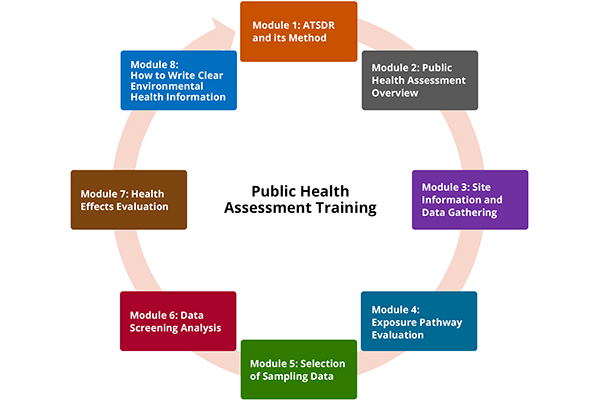Identify Information Gaps
This section provides information on how to identify and begin to address data gaps.
Throughout the PHA process, you will continue to identify different types of information needed to support your evaluation. Data collection is an iterative process and will often require networking and follow-up inquiries.
As the process evolves and information needs are refined, you may find that some essential information does not exist or is limited. Use available information to the greatest extent possible in drawing public health conclusions. If there is missing or limited information, clearly identify what information is not known or inadequate, and how this lack of information may affect your conclusions.
Work with environmental agencies to let them know early on in the process about any identified data gaps, and determine how they can be filled. In some cases, you may recommend that additional sampling or studies be performed to address the data gaps. If you find yourself in this situation, it is important to keep the public informed about the status of these activities during the PHA process and ways to protect their health during this time.

CDC/Dawn Arlotta; photographer: Cade Martin
As you gather data and fill information gaps, be sure to keep community members informed of the status of your activities.

Refer to Module 5, Selection of Sampling Data, in ATSDR’s Public Health Assessment Training (PHAT) course. This training provides valuable information on identifying and filling data gaps. The link below will take you to the module’s registration page in CDC TRAIN.